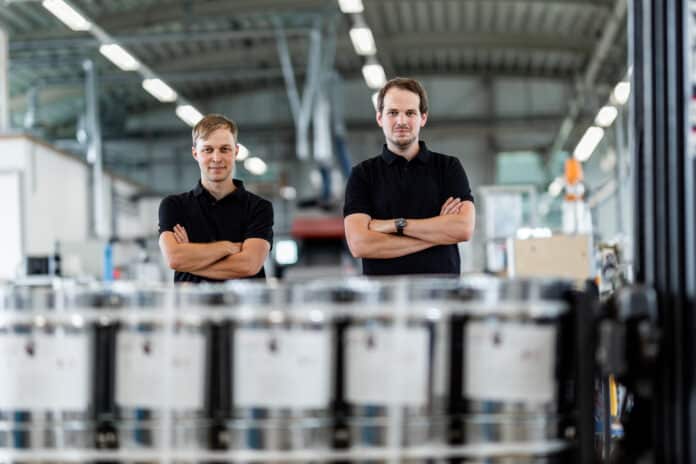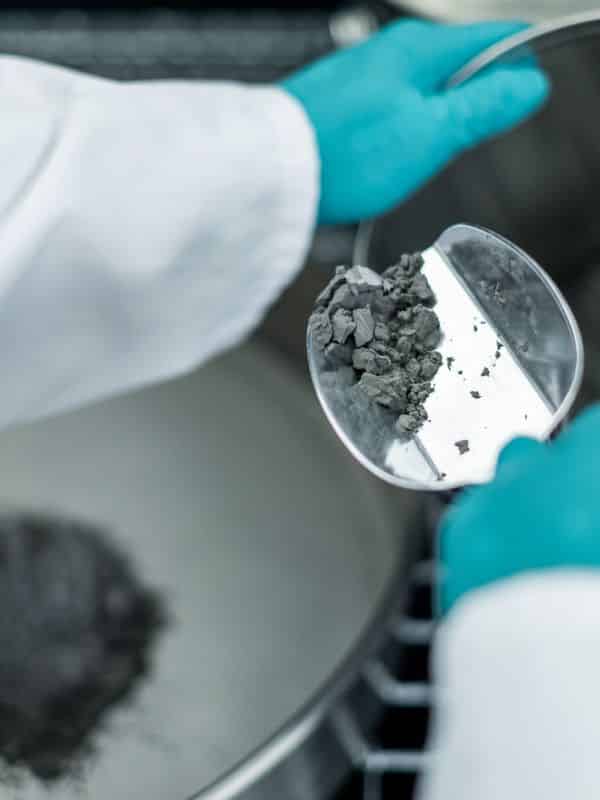Headmade Materials, headquartered in Würzburg, Germany, not only provides customers with patented sinter-based cold metal fusion (CMF) technology, but also encourages them to consider new methods of design and manufacturing using 3D printing technology, while still not using traditional methods such as required. Its innovative low-cost metal printing process has won the attention of users who sought support in design, parts manufacturing, and process integration, and they recently received 1.9 million euro funding from the Industrial Technologies Fund of btov Partners.
According to the latest press release, huge amounts of money will be used to “expand” its technology. The company will also further develop customer and marketing services. As a derivative product of SKZ Würzburg Polymer Research Institute, the Headmade Materials team has been studying its cold metal melting technology for five years. As it cooperates with btov, it is expected that the R&D process will be faster.
“We see the Cold Metal Fusion technology as a very viable approach for serial production due to the high-cost efficiency of the process. The combination of mechanical part properties known from metal powder injection molding (MIM) process and considerable process advantages, such as reduced safety requirements due to easier powder handling and higher green part stability, is also significant here,” says Robert Gallenberger, partner of the btov Industrial Technologies Fund.
The cold metal fusion technology started in 2015 by the founders Christian Fischer and Christian Staudigel, while still working in a research institution at the time. They have a common interest in machine manufacturing, and their goal is to introduce mass production into 3D printing-eliminating limitations, lack of affordability, and creating better designs for various applications.
This process is different from other 3D printing technologies because it combines metal sintering and SLS printing (usually reserved for the manufacture of 3D printed plastics). The key is to mix the plastic binder into the metal powder to achieve more uses. For example, by cold metal melting, metal parts can be printed on a laser sintering system for plastics such as EOS Formiga P110 or Sintratec S2. The components are then placed in the degumming machine and then placed in the furnace for final sintering.
Headmade Materials claims that other benefits of CMF include the ability to use a wider range of “mature machine technologies” without the need for build plates or support structures. Users can count on saving time and money, and increasing productivity. Unused raw materials can be easily reused, and due to the excellent green strength, automatic powder removal solutions and harsh production environments are acceptable. Perhaps more importantly, because the process can be performed using existing SLS machines, owners of these systems can start manufacturing metal parts without having to invest in a new metal 3D printer, or even a new generation of binding like Desktop Metal Metal printing process.
The Headmade Materials team stated in the white paper “Cold Metal Fusion/Metal SLS Technology”: “3D printing cannot be carried out using cold metal fusion technology when mass production of complex metal parts is economical.”

The Headmade Materials team plans to conduct a 3D printing series that can produce up to 100,000 parts per year. Currently, it uses optimized raw materials and services to provide customers with a sinter-based 3D printing process, whether it is to help design and production, internal production, or final parts ready for use.
In general, from using microgravity and 3D printing technology to have potential large-scale structural advantages in space, to trying to use new materials and even using liquid alloys to further develop electronic technology, the popularity of metal 3D printing among industrial users continues to grow.


